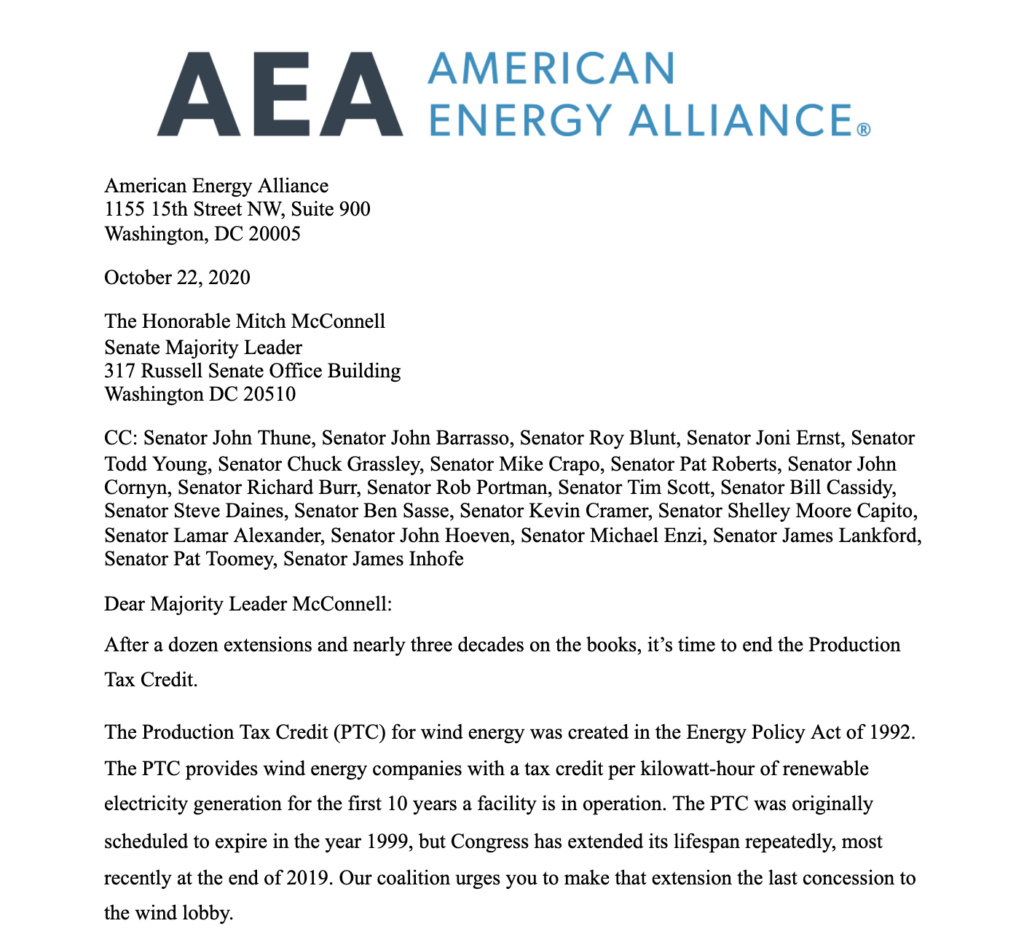Results prove that voters reject incumbents and candidates seeking to dismantle newfound American energy independence.
WASHINGTON DC (November 4, 2020) – The American Energy Alliance (AEA), the country’s premier pro-consumer, pro-taxpayer, and free-market energy organization, has released a statement in reaction to yesterday’s election results. While the final outcome of the presidential election remains unresolved, there were clear winners and losers in last night’s election.
Thomas Pyle, President of AEA, issued the following statement:
“Americans clearly rejected the policies of the progressive left with respect to energy policy and any attempt to transform America into a socialist country. The polling industry had another abysmal night, calling into question the competence and objectivity of nearly the entire lot.
“The Democrats had an equally disastrous performance. Republicans will most certainly hold the Senate, and in the House, Republicans narrowed the gap and both incumbents and candidates who embraced our hard-won energy independence were victorious. Those who talked a good game, but ultimately voted in lockstep with Speaker Nancy Pelosi – including Rep. Horn (D-OK) and Rep. Torres-Small (D-NM) – are going home. Rep. Connor Lamb (D-PA) and Rep. TJ Cox (D-CA), who are both trailing, could both enjoy a similar fate.
“One thing is for certain: if Joe Biden shuffles into the White House, he will do so lacking any kind of mandate to make energy more expensive, restrict the use of our domestic natural resources, ban fracking on federal lands, or impose a carbon tax or other restrictive carbon policies on the American public.
“We look forward to working with the next President to keep energy affordable, maintain American energy independence, and help the families, workers, and businesses that make America great.”
For media inquiries please contact:
[email protected]


